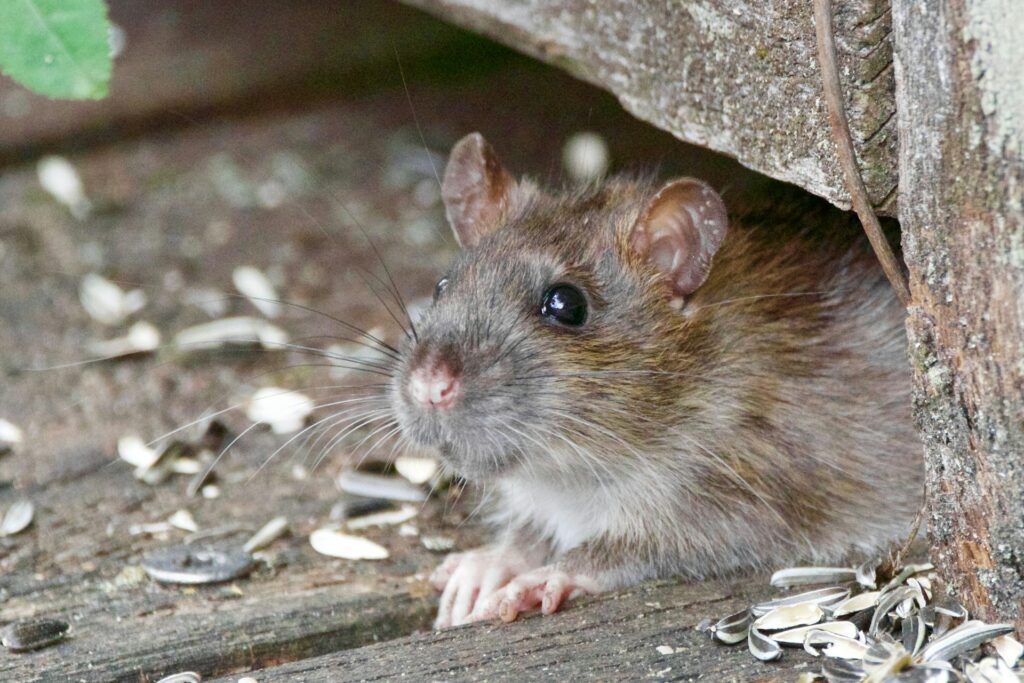Congratulations on your new home! Moving into a new space is exciting, but before you get too comfortable, it’s crucial to do a thorough inspection to ensure everything is in top shape. A proactive walkthrough can help you identify and address potential issues early, setting you up for a worry-free transition. Here’s a comprehensive checklist to guide you before and after move-in, giving you peace of mind as you settle into your new space.
Pre-Move-In Checklist: What to Inspect Before You Unpack
1. Check for Pest Entry Points
- Inspect window frames, door thresholds, and gaps around vents or utility pipes for any openings.
- Look closely at exterior walls for small holes or crevices where pests, such as mice or ants, could enter.
2. Review Window and Door Frames
- Look for cracks, warping, or gaps that could allow drafts or serve as pest entry points.
- Check weather stripping around doors and windows to ensure it’s intact for maximum energy efficiency.
3. Inspect Flooring for Damage
- Examine floors for loose tiles, warped hardwood, or carpet stains, which may indicate water damage or structural issues.
- Lift corners of any rugs to check for hidden damage beneath them.
4. Examine Walls and Ceilings
- Scan for cracks, discoloration, or bulging in walls and ceilings that could indicate settling, water damage, or structural issues.
- Lightly tap walls to listen for hollow sounds, which may suggest damage beneath the surface.
5. Assess Plumbing Fixtures and Pipes
- Turn on all faucets and flush toilets to check for leaks, unusual noises, or slow drainage.
- Look under sinks for signs of water stains or dampness, which could indicate a leak.
6. Survey the Foundation and Exterior
- Walk around the home’s perimeter to check for cracks in the foundation or siding.
- Look for soil erosion near the foundation, as this could signal drainage issues that need addressing.
7. Test the Electrical System
- Flip light switches and test outlets throughout the house to ensure they work properly.
- Confirm that GFCI outlets are installed in the kitchen, bathrooms, and any other areas near water sources for added safety.
Post-Move-In Checklist: Maintain and Protect Your Investment
1. Monitor for Pests
- After a few weeks, inspect hidden spots like attics, basements, and garages for signs of pest activity, such as droppings or gnawed materials. If you notice anything unusual, contact a professional pest control service to address potential issues before they escalate.
- Regular perimeter checks can help prevent infestations, keeping your home comfortable and pest-free.
2. Check HVAC and Ventilation
- Replace or clean air filters for better air quality and system efficiency.
- Inspect vents and ducts for dust buildup and ensure there are no obstructions to airflow.
3. Review Safety Equipment
- Test smoke and carbon monoxide detectors, replacing batteries as needed.
- Make sure fire extinguishers are accessible, fully charged, and properly placed.
4. Inspect for Changes After Settling
- Keep an eye on any new cracks that may appear in walls or ceilings as the home settles over time.
- Notice any unusual drafts or areas with noticeable temperature changes, which may indicate insulation issues.
5. Maintain Plumbing Health
- Regularly check for any signs of moisture or leaks under sinks, in the basement, and around toilets.
- Pay attention to water pressure, and listen for any unusual sounds from pipes when the water is turned off.
6. Check Landscaping for Pest Issues
- Trim back shrubs and tree branches that touch the house, as these can act as pathways for pests. For ongoing protection, a pest control service can help you manage potential outdoor issues before they enter your home.
- Remove any sources of standing water in your yard to avoid attracting insects and other pests.
Final Thoughts
A thorough inspection of your new home allows you to catch small issues before they become significant problems, giving you a strong foundation for a happy, comfortable future. By staying vigilant and addressing these areas early on, you’re investing in the long-term comfort, safety, and value of your home.
Keep this checklist handy, and remember: whether it’s preventing pests or maintaining your home’s structure, a proactive approach will help ensure your home stays in great condition for years to come.









